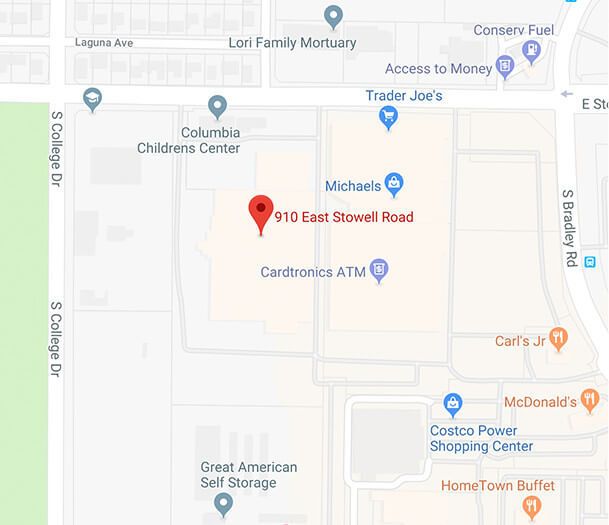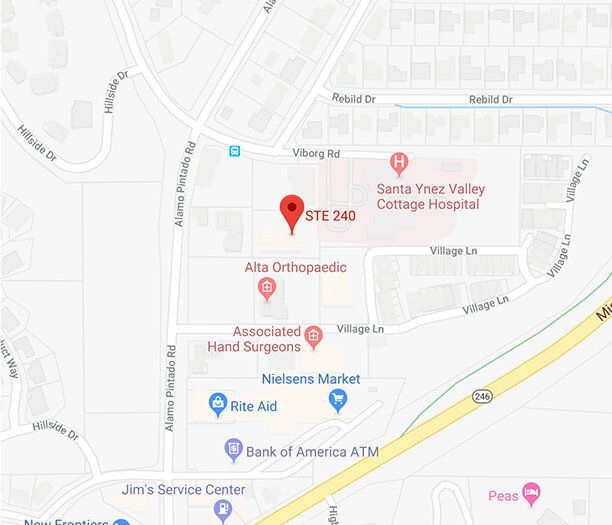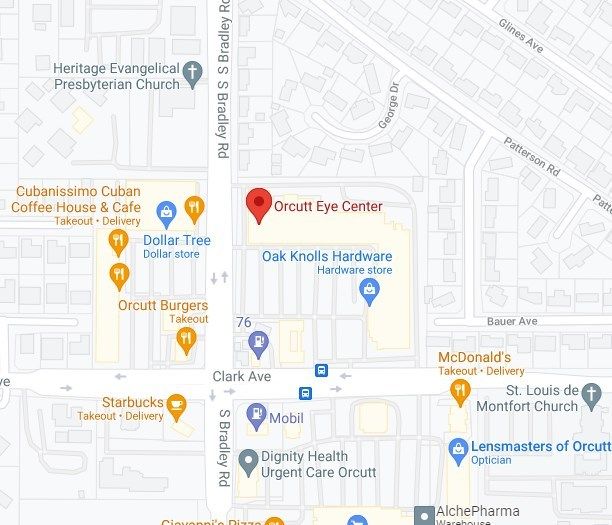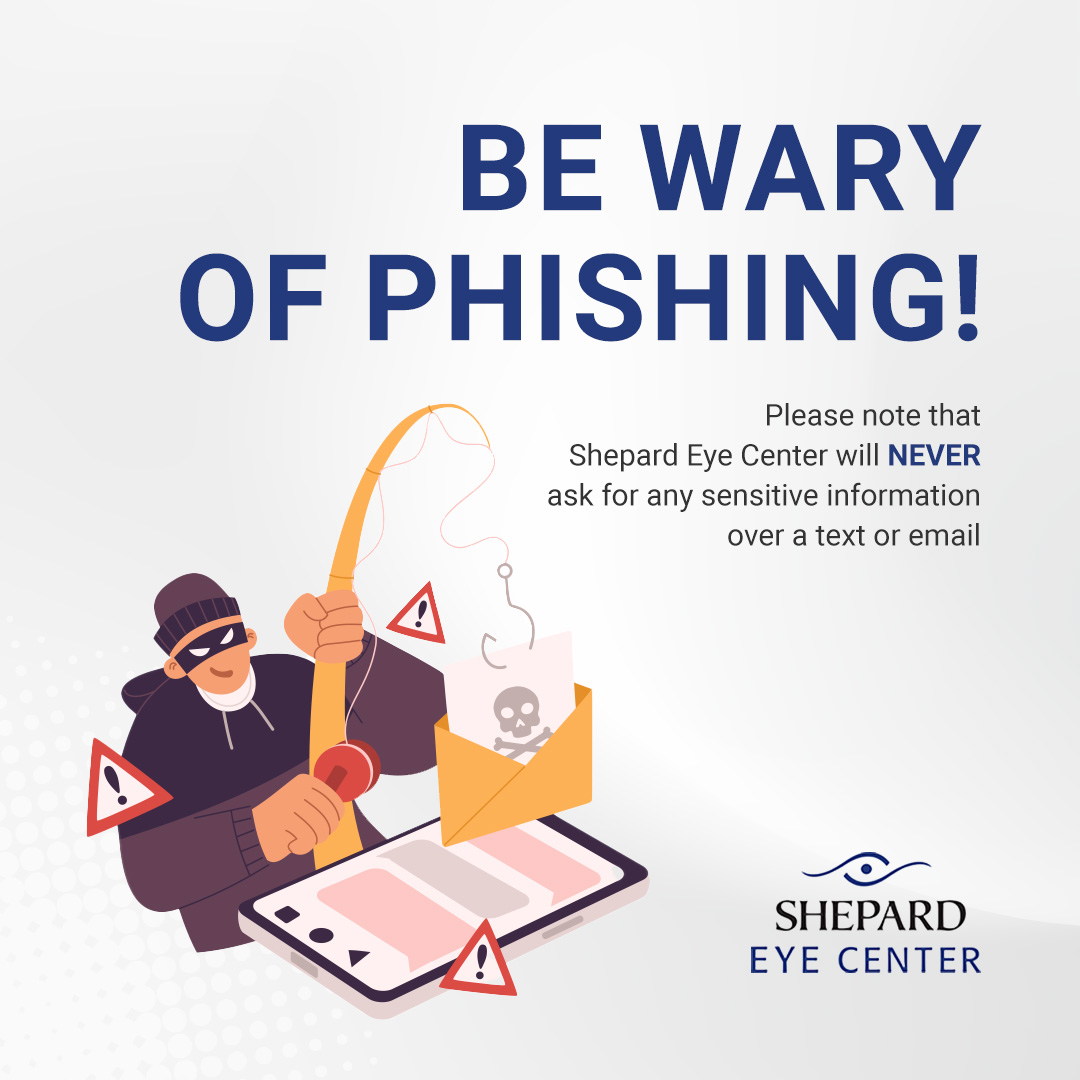
Our eyes are extremely sensitive and most of us will experience at least one issue with them during our lifetime. One lesser-known eye condition that can cause problems is pterygium. A pterygium is a name given to a growth that develops on the conjunctiva or the mucous membrane that covers the white part of the eye over the cornea. This growth is non-cancerous, but it can become debilitating and does require treatment if you develop one.
What Causes Pterygium?
Exactly why some people develop a pterygium and others don’t is something of a mystery, but experts have discovered that there are some factors that make someone more likely to experience the condition. It’s often known as ‘surfer’s eye’ due to its prevalence in people who spend lots of time in very sunny environments, and it’s thought that overexposure to UV light without protection can be a significant contributor to pterygium growth. People who are regularly exposed to other elements including sand, smoke, wind, and pollen are also thought to have a higher risk of developing the condition too. This means anyone who works outside (farmers, ranch hands, builders, gardeners) as well as people who spend a lot of their leisure time outdoors are at the greatest risk and should take steps to protect their eyes from UV and the elements as much as possible.
Signs and Symptoms of Pterygium
A pterygium doesn’t always cause symptoms. When it does, they are usually fairly mild, but can include the following:
- A gritty, burning feeling inside the eyes
- Feeling as though you have a foreign object in your eyes
- Dryness of the eyes
- Eye redness and inflammation
- Blurred vision
It can affect one or both eyes and usually starts in the corner of the eye next to the nose. As it grows, it can start to cross over onto the cornea, which is the clear, front covering of the eye. When this happens, it can cause visual warping that results in blurred vision.
Treating Pterygium
If you are diagnosed with pterygium, your eye doctor will also talk to you about the best way to treat your condition. This will very much depend on how severe your pterygium is and whether your vision is affected. In cases where a pterygium is extremely mild, you may not need treatment at all, but will instead only be advised to take steps to protect your eyes when you are outside.
The first line of treatment for pterygium is eyedrops, and these can be used to relieve inflammation and dryness that usually accompanies the condition. Medications can be bought over the counter, but it’s best to use the variety recommended by your eye doctor.
If your pterygium is large or particularly bothersome, you may be referred for surgery. We specialize in pterygium surgery and our eye doctors are renowned for their work in pterygium removal. With more than 25 years of experience, patients come from all over California for the competitively priced procedure with our expert team.
To find out more about pterygium and how it can be treated, don’t hesitate to make an appointment with our dedicated and knowledgeable pterygium specialists at Shepard Eye Center in Santa Maria, California at (805) 925-2637 today.



























